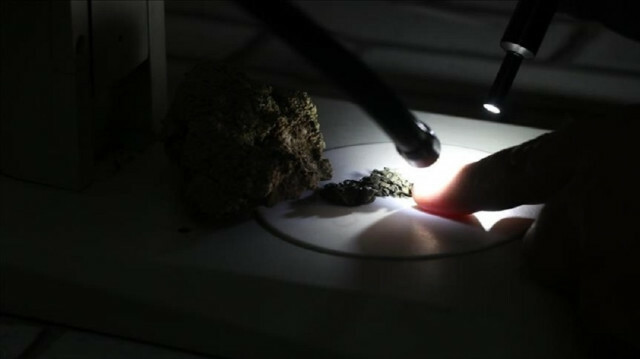
Ottoman admiral Piri Reis drew oldest known map illustrating Antarctica 300 years before continent was explored
A newly discovered lichen species in Antarctica has been named after Piri Reis, an Ottoman geographer and navigator who illustrated the continent on his map 300 years before its discovery.
The new lichen species is called "Leptogium Pirireisii" by Gokhan Halici, a biologist at Turkey’s Erciyes University in central Kayseri province.
Halici was part of the first Turkish team to conduct scientific research in Antarctica. Appointed by Istanbul Technical University Pole Studies Application and Research Center (PolReC) to carry out scientific research in December 2016, he returned to Turkey with 500 samples from 150 different species.
The professor told Anadolu Agency that he discovered the new species among the samples he collected from Antarctica.
"It belongs to a genus called Leptogium. We also registered it with this name in the fungal bank. The study, which we describe this species, has been accepted by the New Zealand Journal of Botany."
The lichen samples collected in Antarctica are being classified with the support of the Scientific and Technological Research Council of Turkey (TUBITAK), he said.
Stressing that Piri Reis is one of the famous Turkish scientists in history that he admires the most, Halici said Piri Reis's map published in 1513 pointed to Antarctica, South America, and the islands there, even though the continent was not discovered at the time.
The newly found species is passed through a scientific filter, evaluated by referees, and deemed suitable and deserved to be published, he said.
Piri Reis produced the oldest known map of the globe in 1513. He created the map by integrating the knowledge of the sailors traveling all over the world and by using their skills in mathematics and geometry.
Ottoman admiral Piri Reis was honored by UNESCO which declared 2013 as the “Piri Reis Year”.
*Writing by Yunus Girgin in Ankara

